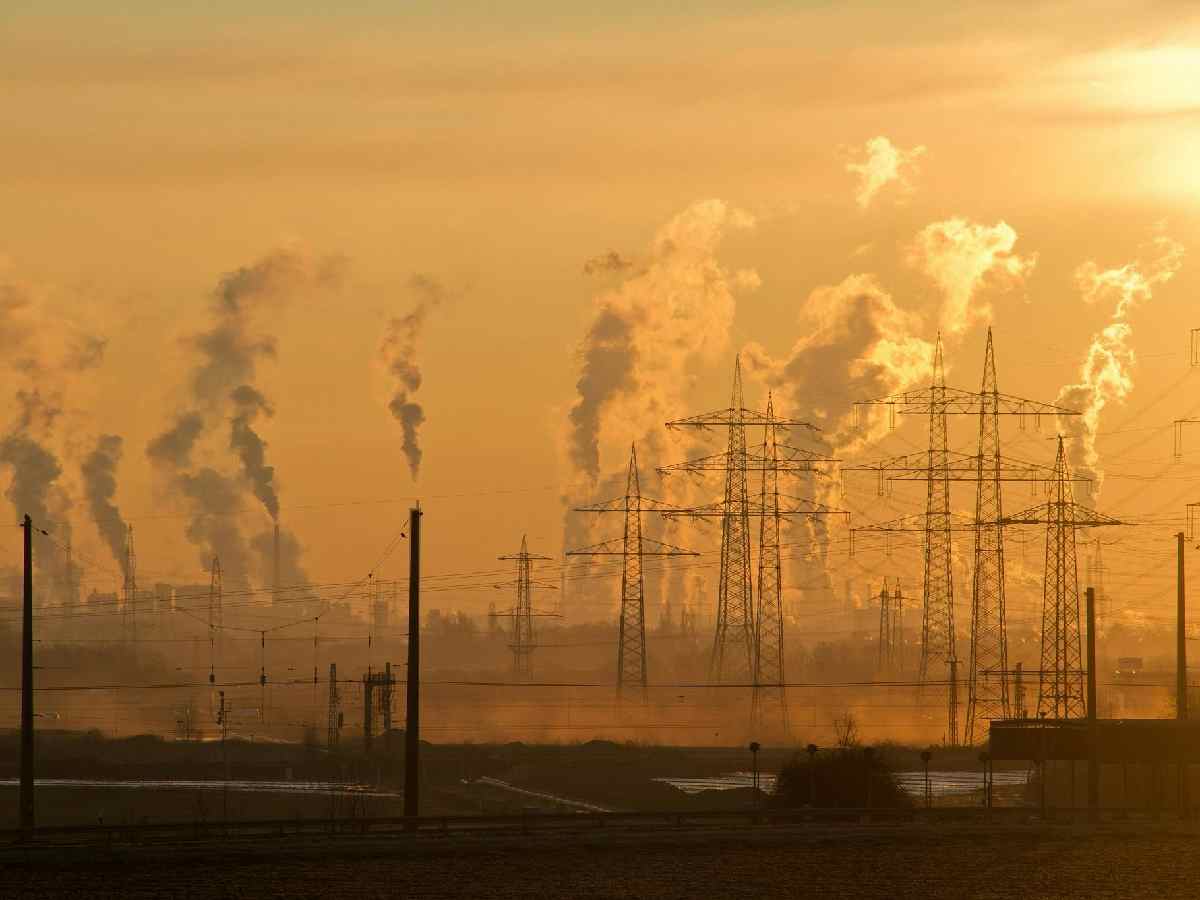
Delhi Pollution: Different regions and organisations calculate AQI differently, which can result in vastly different numbers. However, one consistent measure across all systems is PM 2.5, the fine particulate matter that poses the most serious risks to human health.
Why PM 2.5 matters
PM 2.5 refers to particulate matter that is 2.5 micrometres or smaller in diameter. These particles are so tiny they can penetrate deep into your lungs and even enter your bloodstream. The impacts are devastating, both in the short term (triggering respiratory issues, asthma, and heart attacks) and the long term (causing chronic respiratory diseases, cancer, and reduced life expectancy).
In fact, PM 2.5 is often called the most dangerous pollutant because it acts as a cocktail, carrying toxic chemicals and metals. When discussing air quality, it’s critical to prioritise PM 2.5 levels over general AQI scores because they provide a direct measurement of pollutant concentration rather than an index value that can vary depending on calculation methods.
Also read: Delhi’s fare-free bus scheme for women: Relief comes with risks
AQIs vs. PM 2.5: A useful analogy
To understand the difference, consider stock market indices like Sensex or Nifty. These indices may show different values, but they reflect very similar underlying stock prices.
Similarly, AQIs can differ depending on methodology, but PM 2.5 readings remain consistent as they are based on actual pollutant concentrations or emissions.
So let’s always remember to:
Compare PM 2.5
When analysing air quality, use PM 2.5 levels as your baseline for comparison rather than relying on AQI values, which can be inconsistent.
Monitor health impacts
Keep in mind that even slight increases in PM 2.5 can lead to severe health consequences. No level of air pollution is safe. Studies show that even at low levels (below 150 μg/m³), every 10 μg/m³ increase in PM 2.5 is associated with a significant rise in mortality rates, exposing the danger it poses even before reaching visibly hazardous levels.
Also read: Delhi’s quick fix for pollution: Can 10,000 volunteers bring about an effective change?
Advocate for transparency
Push for air quality systems to clearly communicate PM 2.5 levels alongside AQI scores for better public understanding.
By prioritising PM 2.5, we focus on what truly matters—the quality of the air we breathe and its direct impact on our health.
The decline is primarily due to damage to the "heart-brain link" triggered by chronic kidney…
A French-style open-air café is drawing Delhiites back to a river they long forgot
The handset features a dual rear cameras, 6.72-inch 144Hz display, IP64 water resistance, and up…
Delhi Police raided a late-night illegal bar in Samaypur Badli, detaining 25 people and seizing…
A rear-end crash near Delhi Haat triggered a blaze that gutted both vehicles, though no…
Court grants probe agency more time as NIA pursues wider links in Red Fort blast…